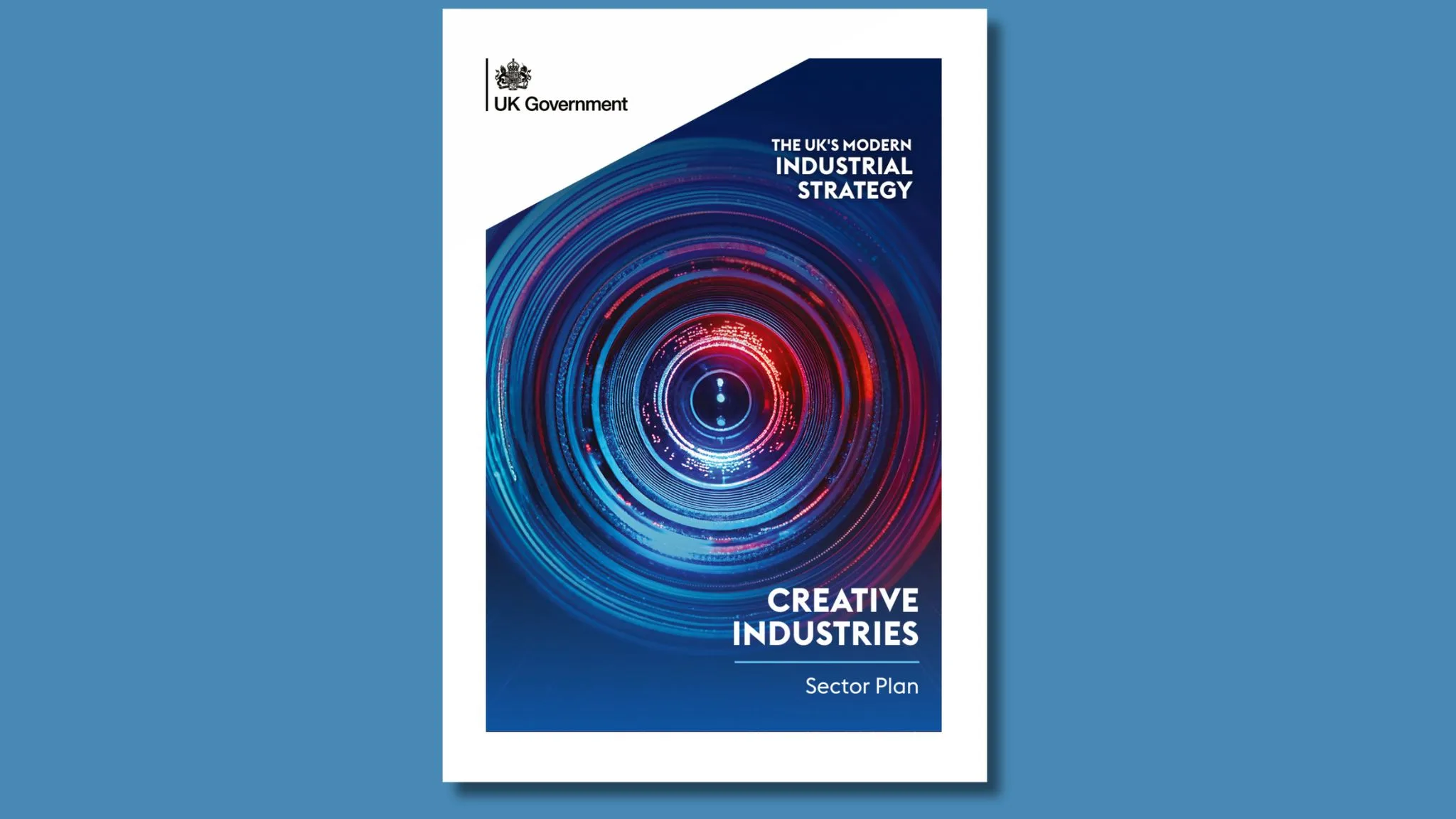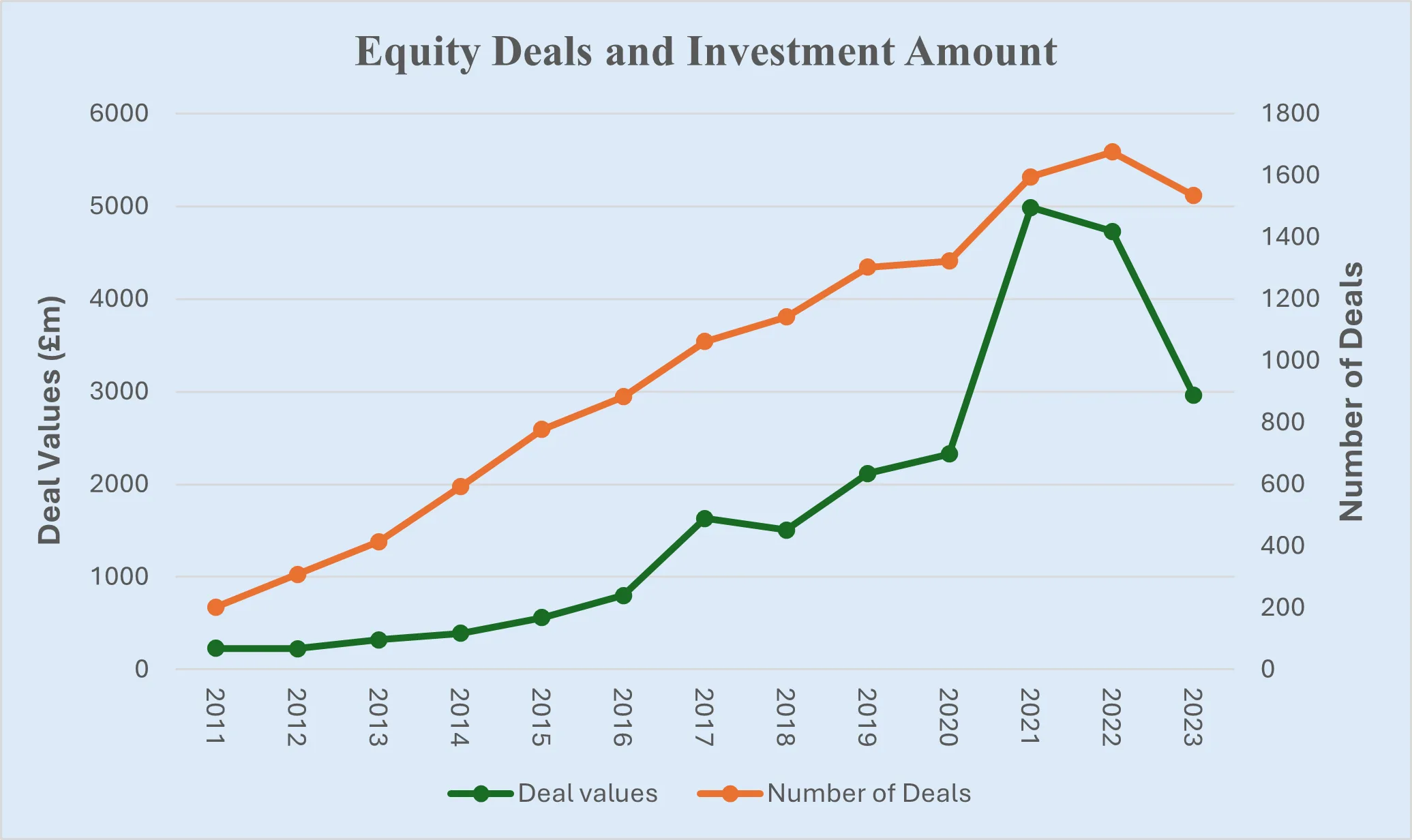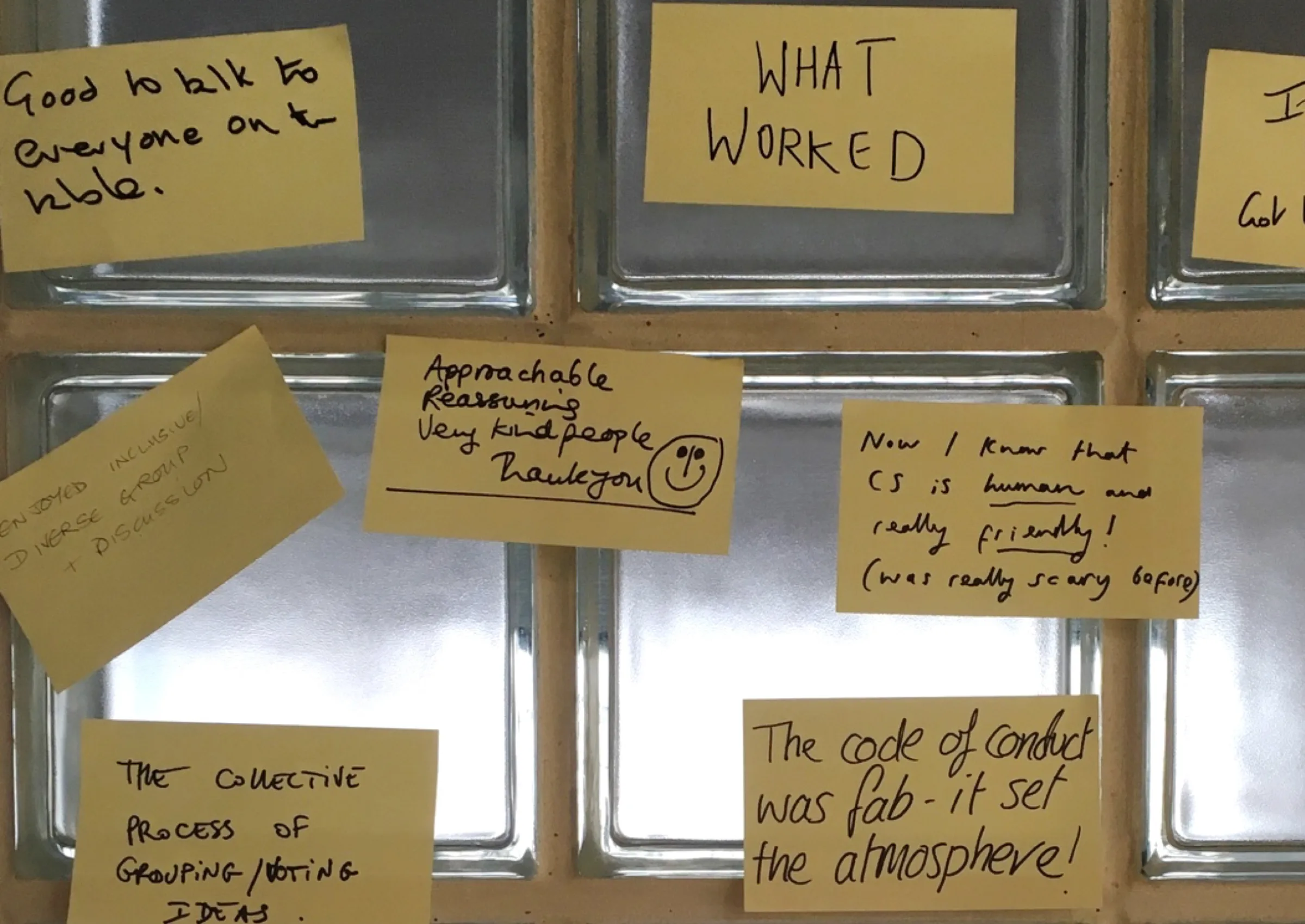The creative industries are a force for innovation in the UK. Firms in the creative industries (CIs) are considerably more likely to engage in innovation-generating activities and to have introduced product or process innovations than firms operating in other service sectors. Data from the UK Innovation Survey (UKIS) conducted by the Office for National Statistics (ONS) reveals that in 2021 36% of firms in the CIs reported having produced a product innovation over the past three years.
Anecdotal evidence supports the idea that the CIs generate knowledge ‘spillover’ benefits, i.e. that new ideas, innovations or processes created by creative industry firms are picked up by firms in other industries, improving those wider firms’ performance at little or no cost. The existence of such spillovers would imply that the knowledge and innovation generated by CIs is under-valued by the creative businesses themselves. This is important for policymakers, as it suggests that creative innovation are under-produced if creative businesses are left to their own devices.
In a new report, Creative Spillovers: do the Creative Industries Benefit Firms in the Wider Economy?, co-commissioned by The Department for Culture, Media and Sport and the Creative Industries Policy & Evidence Centre, we use the most recently available data to measure the impact of the CIs on wider firms’ innovation. In doing so we add to the growing body of evidence, including that produced by Bakhshi, and McVittie (2009), that spillovers from the CIs have a beneficial impact on the innovation of firms in the wider economy.
We find that firms in the wider economy that are more connected to the CIs are more likely to produce product innovations, and are more likely to produce ‘novel’ product innovations, products that are new to the market,than firms that are less connected to the CIs.
Firms that buy twice the average amount from the CIs (4% of their sales value rather than 2%), are 10% more likely to produce product innovations and 15% more likely to produce novel product innovations. Similarly, firms with twice the average proportion of hires that come from the CIs (6% rather than 3%), are 9% more likely to produce product innovations and 18% more likely to produce novel product innovations. We suggest that around half of this association is due to spillovers. For example, firms that buy from the CIs may be influenced to be more innovative by their suppliers, while firms that recruit people from the CIs are hiring people who bring with them either knowledge of innovations or an innovative culture and way of thinking.
Firms that are more connected to the CIs are more likely to achieve product and novel innovations both because they spend more on research and development and because they have a higher probability of successful innovation for the same R&D spend.
Given these findings, policymakers should consider ways to encourage connections between the CIs and wider firms so that the innovations and knowledge generated by the CIs can be enjoyed even more widely. Innovation vouchers enabling firms in other sectors to purchase services from CI firms are one such example that have been trialled successfully in the past (Bakhshi et al., 2013; Design Council, 2008).1 Looking again at such ideas, or other ways to showcase the industry or increase knowledge exchange, could result in benefits that are felt across the economy.
The new empirical evidence in this report aligns with the earlier work of Bakhshi, and McVittie (2009), who also found that firms with greater connections to CI suppliers and CI customers are more likely to produce product innovations, and noted that this could be driven in significant part by knowledge spillovers. Our Frontier Economics report updates the analysis to use the most recent data available, and investigates new spillover mechanisms including hiring from the CIs and the importance of local CI activity.
Photo of Leeds’s Victoria Quarter, by Sherwin Photography on Unsplash
Related Blogs
Taking stock of the Creative Industries Sector Plan
We summarise some of the key sector-wide announcements from the Creative Industries Sector Plan.
Why higher education matters to the arts, culture and heritage sectors
Professor Dave O’Brien, Professor of Cultural and Creative Industries at University of Manches…
What does the 2025 Spending Review mean for the creative industries?
A read out from Creative PEC Bernard Hay and Emily Hopkins On Wednesday 11th June the UK Government …
Bridging the Imagination Deficit
The Equity Gap in Britain’s Creative Industries[1]. by Professor Nick Wilson The creative industries…
Why accredited qualifications matter in journalism
Journalism occupations are included on the DCMS’s list of Creative Occupations and, numbering around…
All Together Now?
Co-location of the Creative Industries with Other Industrial Strategy Priority Sectors Dr Josh Siepe…
The Mahakumbh Mela, India, 2025
The festival economy: A Priceless Moment in Time Worth GBP 280 Billion in Trade Jairaj Mashru looks …
Class inequalities in film funding
Professor Dave O’Brien, University of Manchester, Dr Peter Campbell, University of Liverpool and Dr …
Creative self-employed workforce in England and Wales
Dr Ruoxi Wang, University of Sheffield and Bernard Hay, Head of Policy at Creative PEC Self-employed…
What just happened to funding for culture in Scotland?
First the facts: Creative Scotland announced the outcome of its new Multi-Year Funding Programme on …
Copyright and AI – a new AI Intellectual Property Right for composers, authors and artists
Background The new technology landscape emerging from the super rapid progress in developing AI, Gen…












